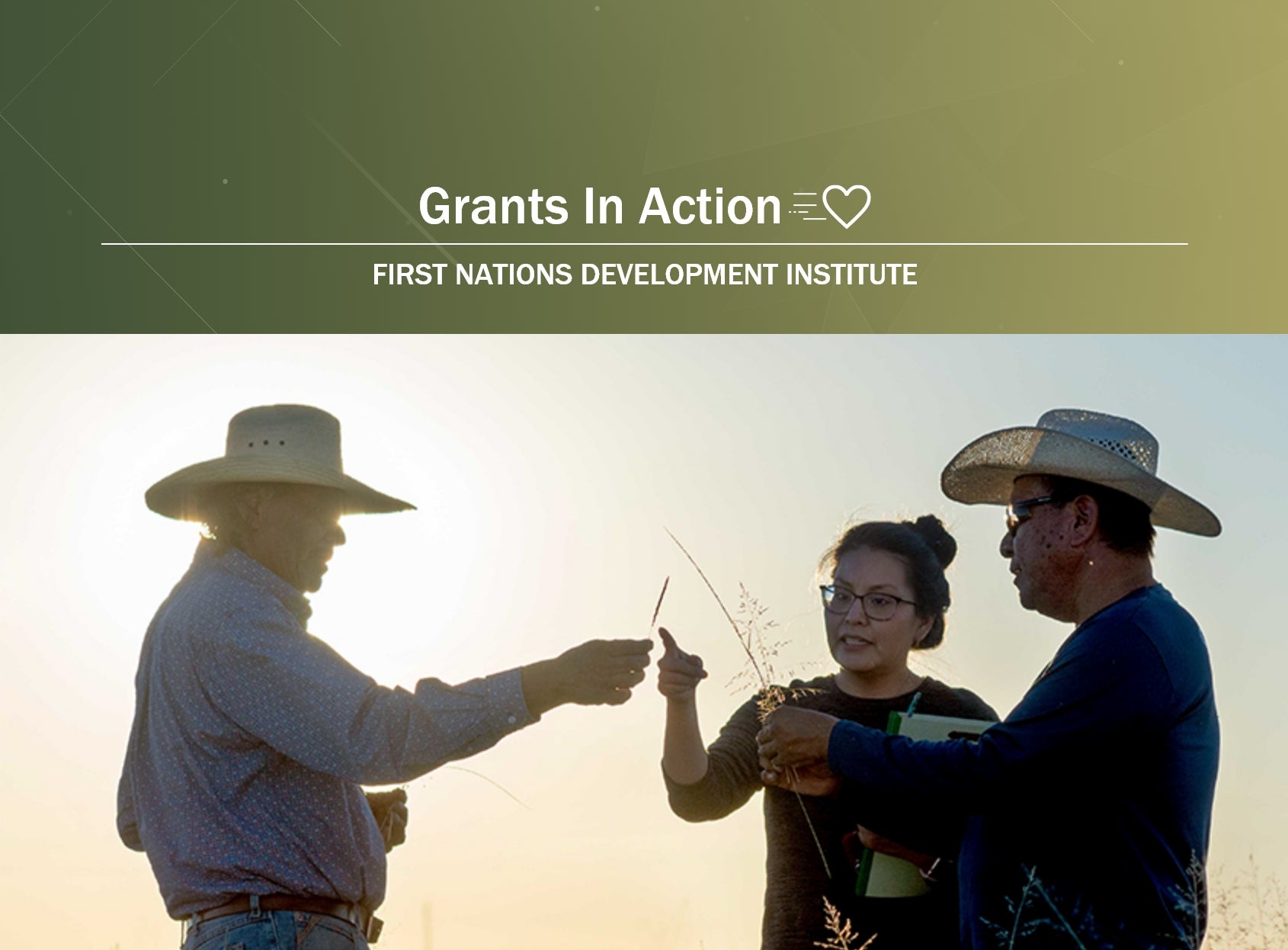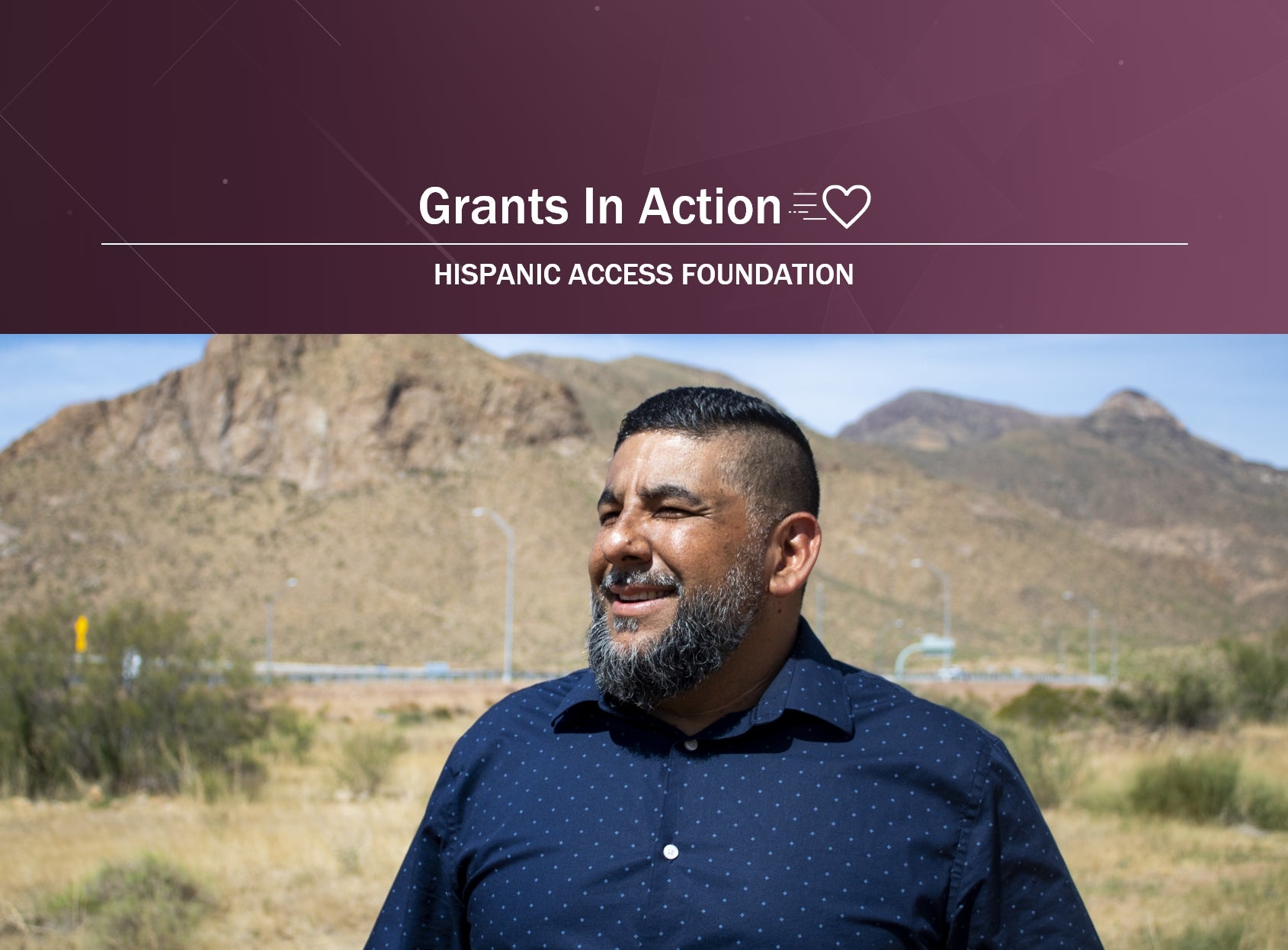First Nations Development Institute Builds Economic Wealth and Community Wellbeing for Native Americans
National Philanthropic Trust’s donors recommend thousands of grants every year. This new series, Grants In Action highlights the breadth of causes and organizations NPT’s donors are supporting with grant recommendations from their donor-advised fund accounts.

Founded in 1980, the nonprofit First Nations Development Institute arrived on the heels of the landmark Indian Self-Determination and Education Assistance Act of 1975, itself following years of Native civil rights activism.
The passing of this act allowed tribes to have greater autonomy in their own economies and governance, or as Michael Roberts, First Nations’ President and CEO, puts it succinctly: “American Indians were given free range to think for themselves.”
In the decades since, First Nations has brought about $55 million worth of support to thousands of Native projects, improving Native lives in areas like youth development, economic and financial security, small business support, Native language preservation, culture, housing, environmental and agricultural projects and, in recent years, COVID-19 relief.
But it has been a long road, Roberts explains. Prior to the organization’s founding and the 1975 Act, “almost everything on reservation life was controlled by the Bureau of Indian Affairs.” Native communities on- and off-reservation subsisted through “anemic economies.”
Roberts says that in order to better help Native communities develop sustainable, self-directed economies, First Nations created a variety of programs that were rooted in the premise that “when Natives have control over their own resources, they do it better and more efficiently.”
First Nations’ programming—put into action through a network of community partners across the country—focuses on economic and financial security, expanding access to capital, creating sustainable food systems and protecting Native lands. Supporting Native youth is a major area of work today, as well. “We know that when Native kids have culture, language and tradition, they feel much more connected to who they are and feel more comfortable inside their brown skin,” Roberts says.
But even with the organization’s much-needed efforts, overall philanthropic support for Native communities in the United States remains alarmingly low. In 2020, the group Native Americans in Philanthropy released a report noting that while American Indians make up about 3% of the population in the U.S., they receive only about 0.4% of philanthropic dollars.
25% of the First Nations’ funding came from individual donors last year, 10% of which came directly from those using donor-advised funds.
Awareness and overall support of American Indians seems to ebb and flow, Roberts points out, alongside moments in pop culture or headline-grabbing news items like 2016 and 2017’s Dakota Access Pipeline protests. American Indians are still “largely invisible” in contemporary society and this carries through to the philanthropic sector. The need is still great; according to recent Census data, about a quarter of the American Indian/Alaska Native population still lives below the poverty line.
Still, First Nations’ donors are committed, repeat supporters. Many focus on specific regions and projects, but the organization has also seen a rise in unrestricted giving in recent years. Unrestricted and trust-based philanthropy “is freeing and lets us really exercise our mission to work with Native communities to help them effect the change they want to see.” Roberts estimates that 25% of the organization’s funding came from individual donors last year, 10% of which came directly from those using donor-advised funds (DAFs).
Being a philanthropist “comes with great responsibility” Roberts says. And there are plenty of opportunities through which donors can exercise that responsibility. It’s his hope that with increased attention—and decades of success to First Nations’ name—donors will more equitably fund Native-led and Native-serving organizations.
NPT is not affiliated with any of the organizations described herein, and the inclusion of any organization in this material should not be considered an endorsement by NPT of such organization, or its services or products.
NPT does not provide legal or tax advice. This blog post is for informational purposes only and is not intended to be, and shall not be relied upon as, legal or tax advice. The applicability of information contained here may vary depending on individual circumstances.


